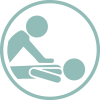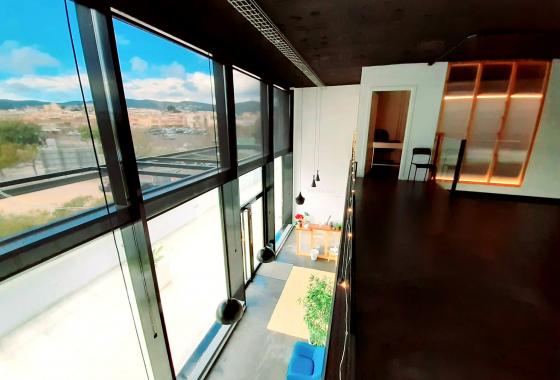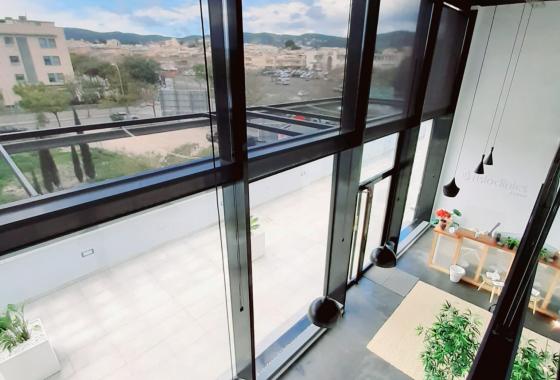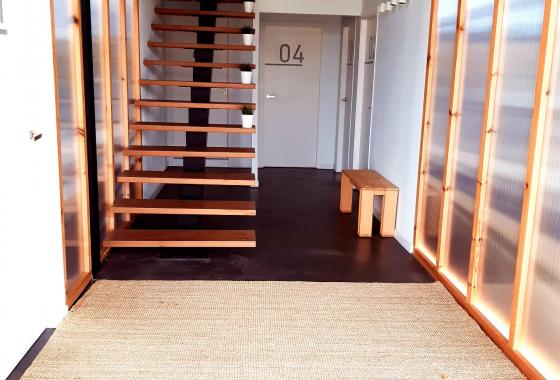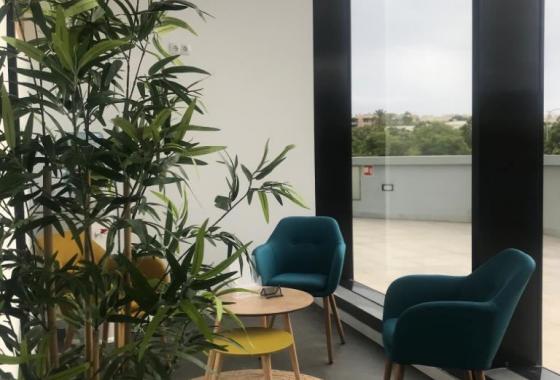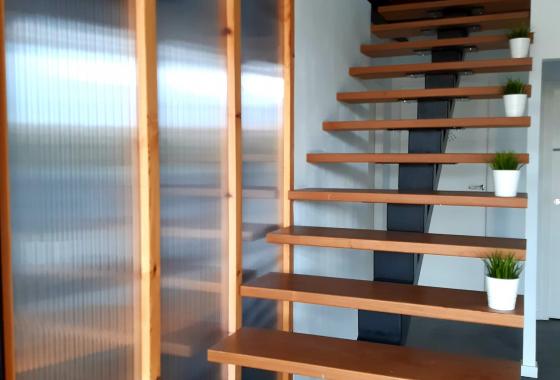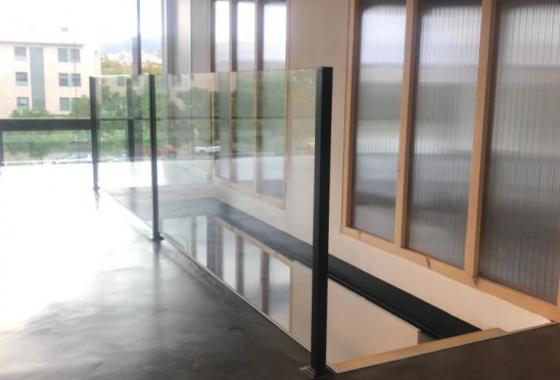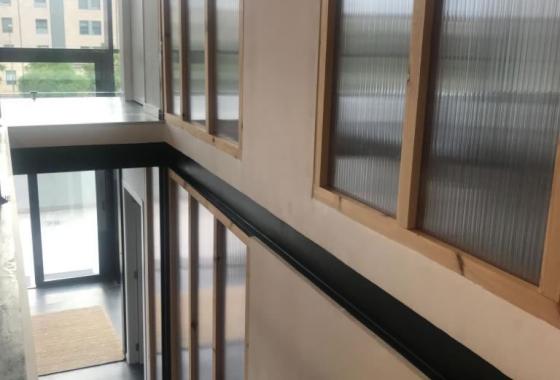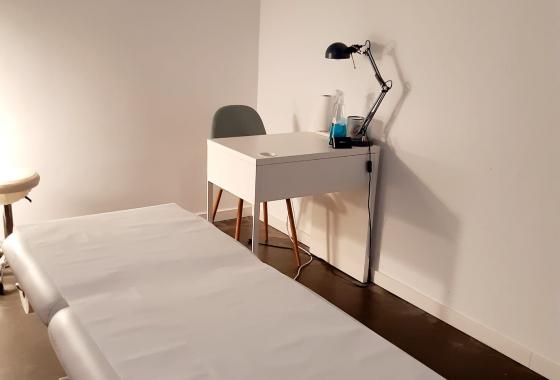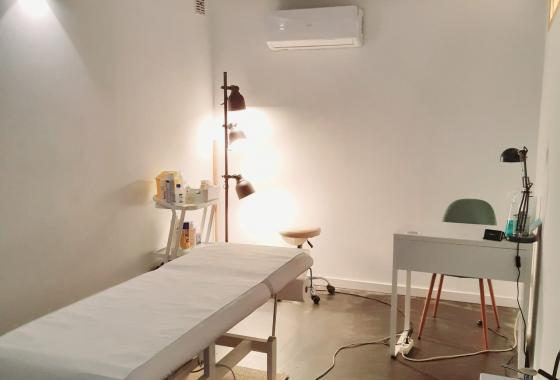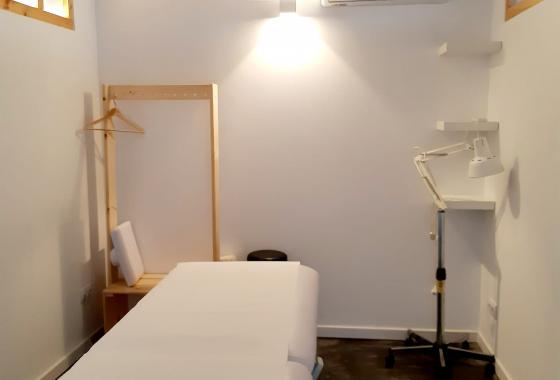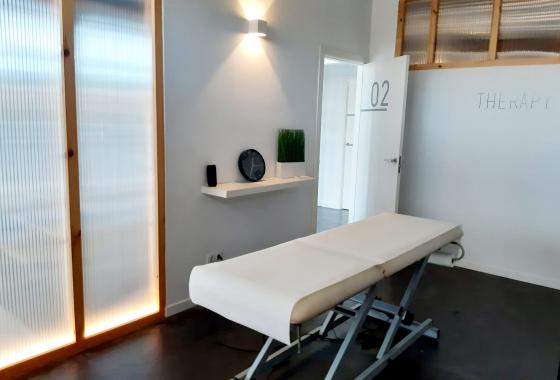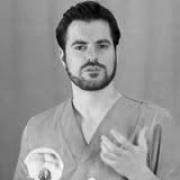Goosefoot Tendonitis may sound familiar to runners, some people have a sore sensation on the inside of the knee after a long run or a long time, and it is more painful after climbing stairs or walking. If you have this feeling, it is very likely that the following article that FisioClinics Palma de Mallorca shares with you can help you.
What is Goose Foot Tendonitis?
Goosefoot Tendinitis is a pathology that manifests itself with a painful sensation in the medial posterior part of the knee joint, which increases after flexion of the knee joint with long running and resistance.
In this case, the maximum pain is determined at the tendon attachment site on the posterior medial surface of the tibia, slightly below the limit of the joint. Between the knee joint, the inner part of the gastrocnemius muscle and the tendon have a bursa that in advanced stages of a Goosefoot Tendonitis can develop a chronic bursitis.
It is a disease that occurs frequently in people who perform repetitive movements, however it can also affect older people who the older the age, the weaker the muscles and tendons of the knee joint.
What are the symptoms of Goose Foot Tendinopathy?
It is observed in most cases of Goose Foot Tendinopathy, that there is the appearance of pain in the postero-medial region or in the internal midline of the knee. However, the pain presents with certain characteristics, such as:
-
Pain in the inner region of the knee when walking.
-
Pain in the internal region of the knee on palpation.
-
Pain in the inner region of the knee to go up and down stairs.
-
Pain in the inner region of the knee when standing up or after sitting for a long time.
In addition, it also triggers other symptoms such as:
-
Active and normal passive joint mobility limited by pain condition.
-
Swelling (edema) in the region, which may be hot and red.
-
Alterations in gait due to the presence of pain (antalgic gait).
-
Decreased muscle strength.
What Causes Goose Foot Tendonitis?
Goose Foot Tendonitis is common in athletes, often due to excessive friction and stress. There are several factors that can cause Goose Foot Tendonitis, including:
-
Ignore stretching before exercise,
-
Incorrect or inappropriate training, sudden increase in running volume, or excessive running uphill can cause this problem.
-
The thigh muscles are not relaxed.
-
Obesity.
-
Excessive external rotation of the knee or calf.
-
Degenerative knee arthritis
-
Varus knee caused by degenerative knee arthritis,
-
People with flat feet.
-
Damage to the medial lunate cartilage
-
Emotional disturbances (stress, lack of self-esteem and insecurity).
-
Visceral alterations of the prostate or uterus.
-
Consequences of meniscus injuries.
How is the medical diagnosis of Goose Foot Tendonitis made?
The basis for the diagnosis of Goose Foot Tendinitis is the physical assessment of pain, an inspection of the internal area of the knee and the joints that influence it is carried out, evaluating muscle strength, functionality, range of motion and tests of stress confirming the presence of goose foot tendonitis.
If necessary, imaging tests will be carried out to confirm the diagnosis and verify the state of the injured tissues, some of the most used tests are magnetic resonance imaging and ultrasound.
 Physiotheraphy
Physiotheraphy Osteopathy
Osteopathy Massage
Massage Lymphatic
Lymphatic Group classes
Group classes Home
Home Baby
Baby

